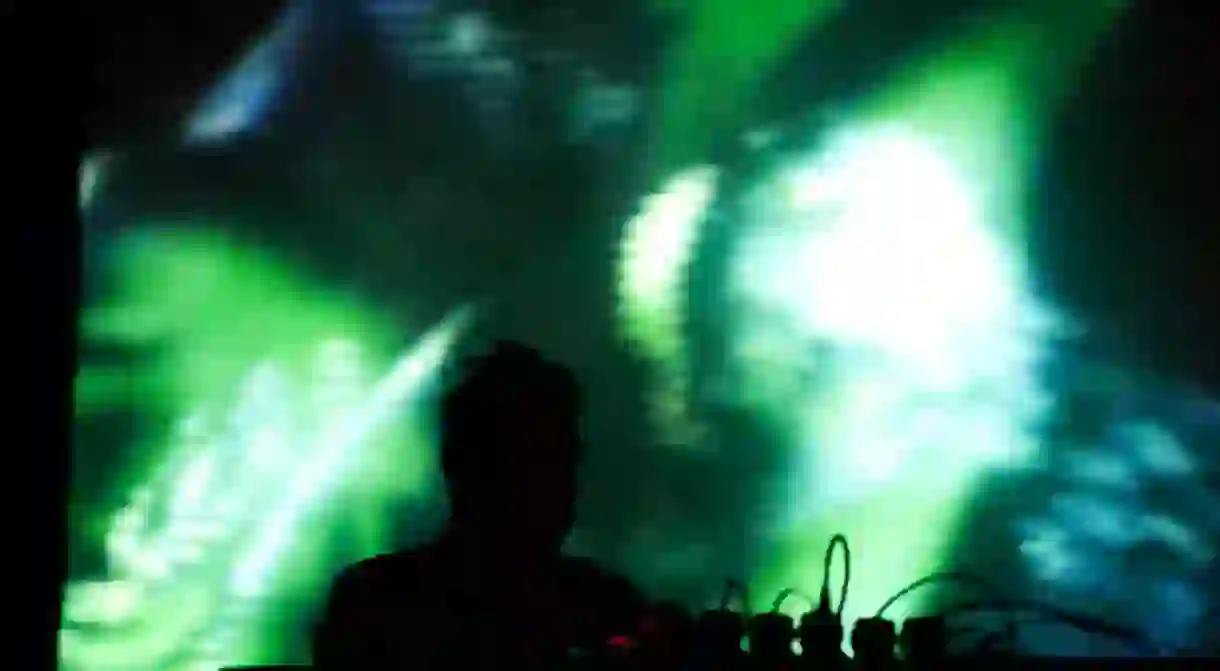Interview: How Leipzig's Bustling Nightlife Is Shaping Its Emerging Art Scene

Leipzig has long been defined ‘Little Berlin’, with many finding familiarity in its gritty corners, innovative hubs and the blending of old and new. However, with a redefining contemporary arts scene and a rep as the original home of techno, the city is defining itself as its own cultural hub. We spoke with Franziska Jaster, the Director of Galerie EIGEN + ART in Leipzig, about the city’s thriving art scene, underground nightlife and why young artists are drawn to Leipzig.
Can you tell me a bit about your artistic background?
My mother is an art teacher, and therefore I grew up with art. She is also a mathematics teacher, and this combination inspired me. I also studied art history, cultural studies and business administration in Bremen and Leipzig, completing these studies in 2009. During this time, I did internships in galleries, and after a short trip abroad I started a traineeship in the Galerie EIGEN + ART in Leipzig in autumn 2009.

So, you’ve been with EIGEN + ART for some time – tell me a bit about the gallery.
The gallery in Leipzig is characterized by its fantastic architecture – a white cube, 14 x 14 meters, flooded with natural and artificial light, offering exhibition conditions that every artist desires. From a historical point of view, the Leipzig branch of Galerie EIGEN + ART is also special. We have a second permanent location, as well as the EIGEN + ART Lab, the young project space of the gallery, in Berlin. However, the concept was started here, in Leipzig in the apartment of Gerd Harry Lybke in 1983. Now, the gallery has found its home on the premises of the former Baumwollspinnerei, or spinning mill. It is a place filled with creativity – it’s a network of artists, galleries, art institutions, workshops and other creative pursuits, for creators, by creators.

What is the art scene/culture like in Leipzig?
The art scene is vibrant. As we have permanent art institutions, like the Academy of Visual Arts, there is always a generation of new artists. They perceive, change and form the city with a different view. There are off spaces and art clubs run by other artists in the city who organise different programs and events. Twice a year, we also have ‘LindeNow’ in the neighbourhoods of Plagwitz and Lindenau. It’s an alternative gallery tour that highlights the rich contemporary art scene in Leipzig. Above all, it brings people together and creates a community, and that’s the culture of Leipzig: people who inspire other people.
What do you take from the city and its art scene?
Leipzig offers free space. There are plenty of empty building or shops that can be utilised and designed. The luxury of the city is that your ideas can be realised, and you can feel that here, too. There is a free spirit and wealth of discovery; it’s a city in which you can find new avenues and directions. And it’s not only in art – the startup scene has also discovered this energy for itself.

Is there much of an underground party scene in the city?
Many party locations are now released and rented. The fact that in Leipzig, the curfew has never really been enforced, means you can celebrate all night long. Therefore, it has become rare that parties are not published, or well known. Of course, there are still the wild basement parties in demolished houses, or even the parties where the place is secret until the beginning – these kinds of parties spread via SMS or email, quite old-school.
How do you think this is affecting the Leipzig art scene? Is it helping attract more artists to live and work in the city?
I think the character of the city, the openness of the people, the space you can find here, but also the closeness to nature make Leipzig an attractive, young and vibrant city. As an artist, it is important to find a good art school and a lot of inspiring, quiet places to work, but also variety and nightlife. Leipzig has a lot of that. There are usually other places where the artists meet, bars, empty houses, wherever someone has had the idea of organizing an exhibition or party. The arts scene is also comparatively small, so you meet again quickly, and you do not have to wait because there is usually just one party in the evening everyone goes to.

Counter-cultural movements often intersect, i.e., politics, music, art. Do you think nightlife, particularly the underground culture of techno, affects the art culture of a city?
Yes, of course, I think there are great conditions for this culture. In turn, they encourage other areas that also work creatively. Leipzig is known for the electro scene, where you can dance in great clubs like Distillery or IFZ, and well-known DJs are often coming to Leipzig. So, even if not all the artists constantly go to the clubs and dance all night long, there is a connection between the club scene and the art scene.
What do you think the Leipzig art scene will look like in the next few years?
I have lived here since 2006, and the art scene has always been young and alive, so I think it will continue in the coming years. Maybe the places are shifting, everything is happening outside because rents are rising and space is running out. But in any case, the young wild ones will come up with something new.














